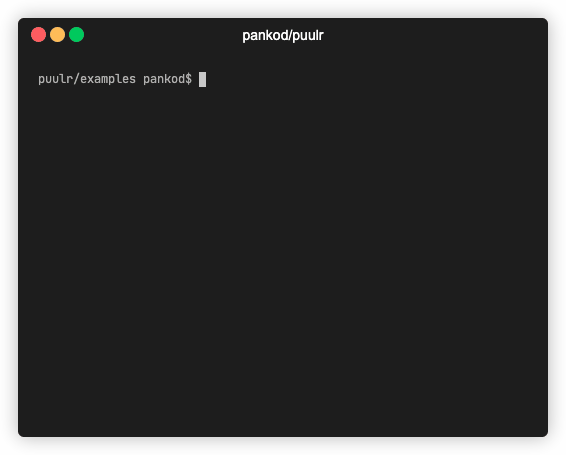@pankod/canvas2video is a backend solution for creating and rendering dynamic videos. It lets you build web canvas scenes by using the Cairo-backed fabric library and add animations with gsap. Your animation timeline will be rendered frame by frame and piped to ffmpeg renderer for the final video output.
📺 Personalized video advertising
🎞️ Programmatical customization of video templates
⛅ Creating dynamic videos with real-time data (See: Weather Example - Youtube)
To install the module, run the following in the command line:
npm install @pankod/canvas2video --saveor
yarn add @pankod/canvas2videorenderer expects a makeScene function where you create your canvas animation by using fabric and
gsap methods. It returns a stream of frames to be consumed by the encoder in the next step.
Below is a basic example of a one-second rotation animation of "Hello World" text. After rendering the animation and encoding the video, the output will be saved to output/hello-world.mp4.
import { renderer, encoder } from "@pankod/canvas2video";
const helloWorld = async () => {
const stream = await renderer({
silent: false,
width: 1920,
height: 1080,
fps: 30,
makeScene: (fabric, canvas, anim, compose) => {
const text = new fabric.Text("Hello world", {
left: 400,
top: 400,
fontSize: 100,
fill: "#f99339",
angle: 0,
});
canvas.add(text);
anim.to(text, {
duration: 1,
angle: 360,
ease: Power3.easeOut,
});
compose();
},
});
const output = await encoder({
silent: false,
frameStream: stream,
output: "output/hello-world.mp4",
fps: {
input: 30,
output: 30,
},
});
console.log("process done,", output.path);
};You may refer the following documentations to learn how the construct your own makeScene methods:
You can optionally provide the encoder function a backgroundVideo object. In this case, your animation will be used as an overlay layer and merged with the background video. More information about the usage of background videos is given in the Options section.
You'll find two working demos int the examples folder folder of the project. Give them a try by following the steps below:
$ git clone https://github.com/pankod/canvas2video.git$ cd examples
$ npm i
After this, you can run commands at the below then check examples/output directory:
$ npm run start:hello-world$ npm run start:weather| Properties | Type | Description |
|---|---|---|
| width *required |
number |
canvas width |
| height *required |
number |
canvas height |
| fps *required |
number |
animation fps |
| makeScene *required |
function |
See below |
The function takes 4 arguments(fabric, canvas, anim and compose) which is passed by the renderer function.
renderer({
/* .. */
makeScene: (fabric, canvas, anim, compose) => {
/**
* your code to create and manipulate your canvas
*/
},
});| Parameter | Type | |
|---|---|---|
| fabric | fabric.js instance | Repo |
| canvas | fabric.StaticCanvas | Repo |
| anim | gsap.TimelineMax | Repo |
| compose | () => void |
| Properties | Type | Description |
|---|---|---|
| frameStream *required |
Readable |
renderer function return value |
| output *required |
string |
output file path |
| fps *required |
Object |
{ input: number, output: number } |
| backgroundVideo | Object |
See below |
backgroundVideo: {
videoPath: string, // your background video path
inSeconds: number, // video start time in seconds
outSeconds: number, // video end time in seconds
}📌 Lottie animation support
📌 Thread & concurrency management
📌 Finer control over encoder settings



